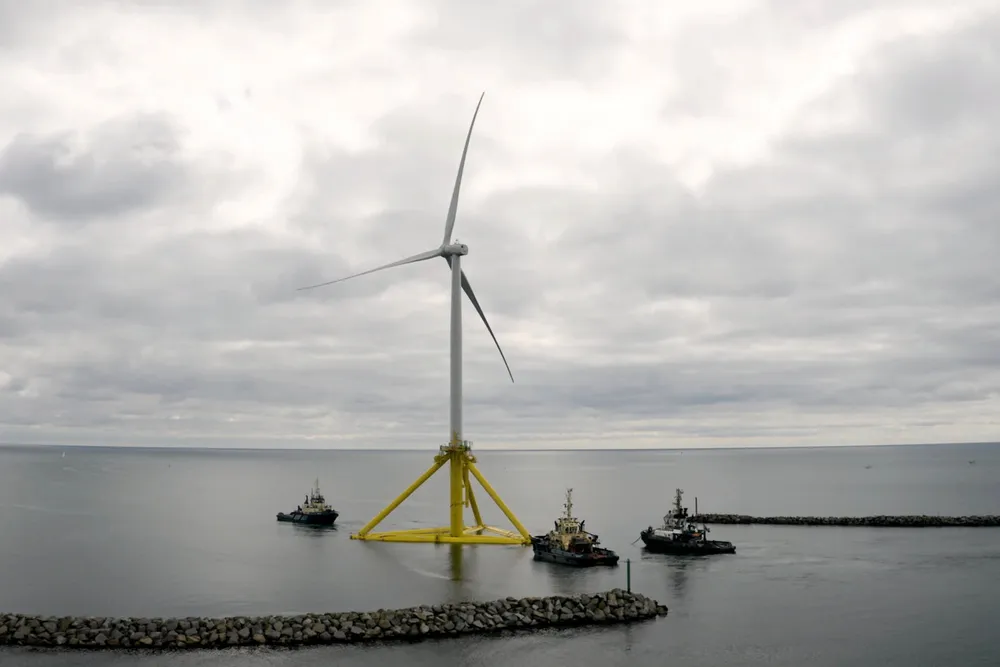New-look floating wind platform in the frame for world's largest deep-water project
'Industrialisation-enabling' floating wind design set for use on 100 megawatt North Sea project

'Industrialisation-enabling' floating wind design set for use on 100 megawatt North Sea project
